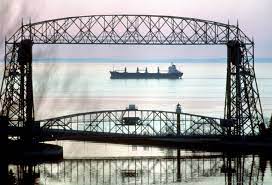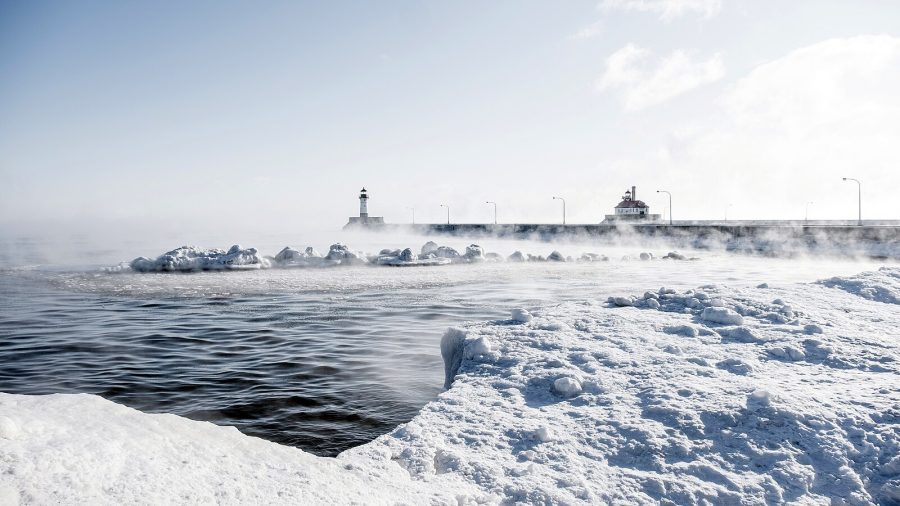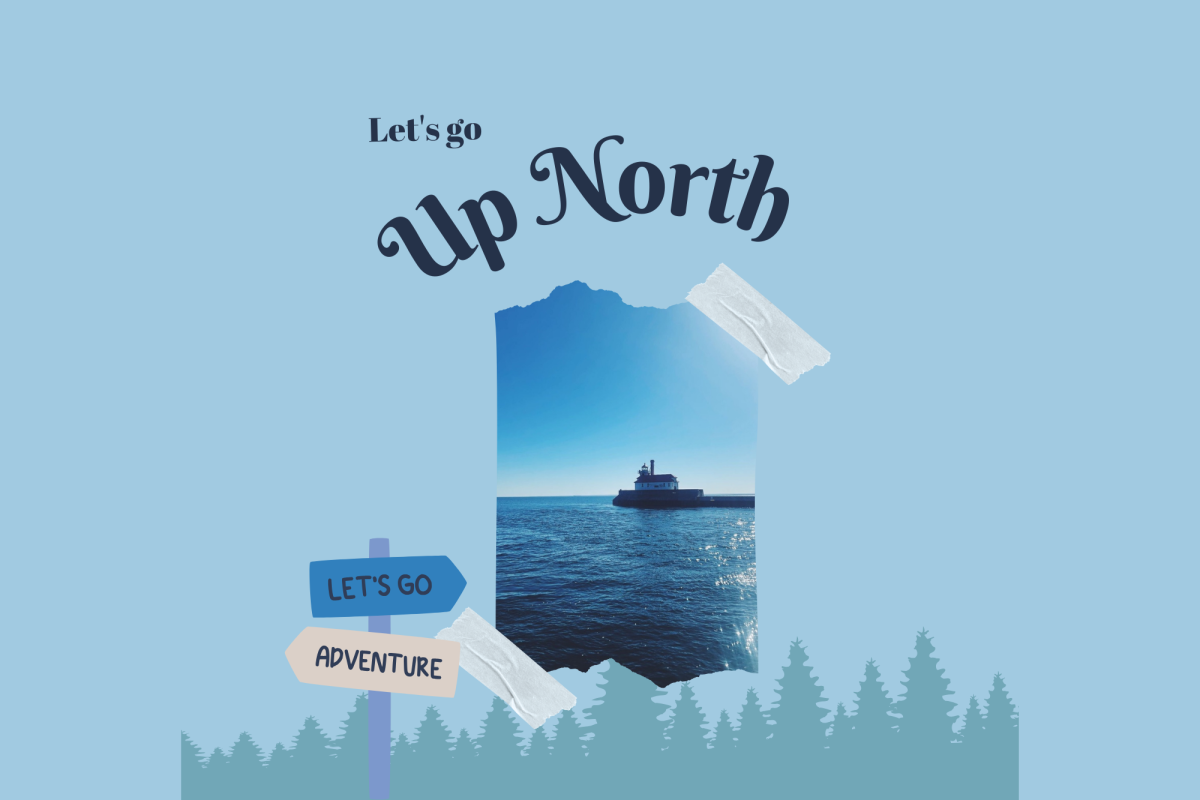Located at the West end of Lake Superior, Duluth Minnesota has a rich history connected to the great lakes as well as the iron range in Northern Minnesota. Duluth is the largest city in Northern Minnesota with a population of more than 86,000. Due to its location on Lake Superior the city maintains a large harbor for multiple different types of freighters which travel across the lake between the months of May through September.

Much like the rest of Minnesota, Duluth and the surrounding area were originally home to multiple Native American tribes part of the Anishinaabe and Dakota Nations. The French explored and developed the North American Fur Trade within the region during the 1650s, however, it wasn’t until 1856 that Duluth was officially named as a city. The city’s economy was focused on Timber as well as Copper and Iron Ore giving it a sturdy economic backing. During the 1800s and early 1900s Duluth was mainly an industrial city with warehouses and residential districts created for manufacturing work. These buildings are still found throughout the city, however, their purpose has changed dramatically through time.
Canal Park, located at the entrance of Duluth Harbor and is marked by the Aerial Lift Bridge, a famous lift bridge built in 1905 to allow access through the canal by ships and also across the canal by foot and cars. The park showcases the history of Great Lakes Shipping in the Lake Superior Maritime Visitors Center. This museum tells the history of shipping across the lakes with notable exhibits including the wreck of the Edmund Fitzgerald as well as multi story ship engines with breathtaking size. Canal Park is capped off with a long walking pier into the lake where, during the summer, visitors can watch entering and exiting ships as well as many photo opportunities along the lake.

On the shores of Lake Superior is the Glensheen Mansion, a large residence built from the wealth and power provided by the Iron Range in Northern Minnesota. Although now a museum open for tours, the mansion once housed the Congdon family; however, on June 27, 1977, the last remaining child of the Congdon family, Elizabeth Congdon, was murdered along with her nurse. What followed was two murder trials as well as a retrial due to new evidence. In the end, Roger Caldwell, who was married to Elizabeth’s adopted daughter, was released after only five years in prison which was far off from his original proposed sentence of two consecutive life sentences. Today the Glensheen Mansion is operated by the University of Minnesota Duluth and is open to the public for tours. These tours take you through the grand hallways and many rooms within the mansion bringing you back to the 19th and early 20th century with elegant architecture and artwork as well as beautifully kept grounds around the residence.

With all the history surrounding shipping in the Great Lakes what would your trip be without setting foot on the massive 600 ft William A. Irvin? It is a large iron ore carrier that operated between 1938 to 1978 feeding the Detroit factories with the raw materials to produce both war vehicles during WWII as well as automobiles after the war. The ship is tethered to a pier looking out on Duluth Harbor and is open from May 30th to September 15th. Touring through the ship showcases its vast cargo and cozy crew quarters giving you a glance at what life would be like aboard an iron ore freighter traveling the Great Lakes.






















